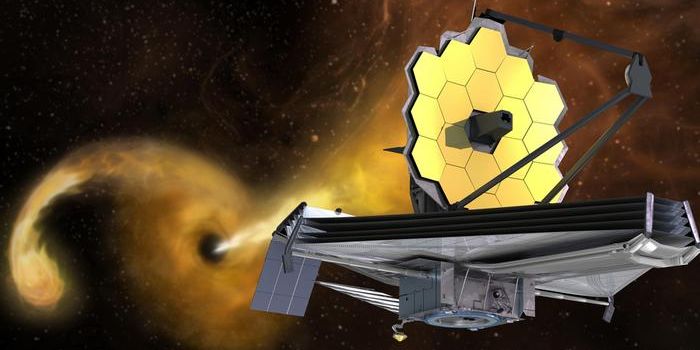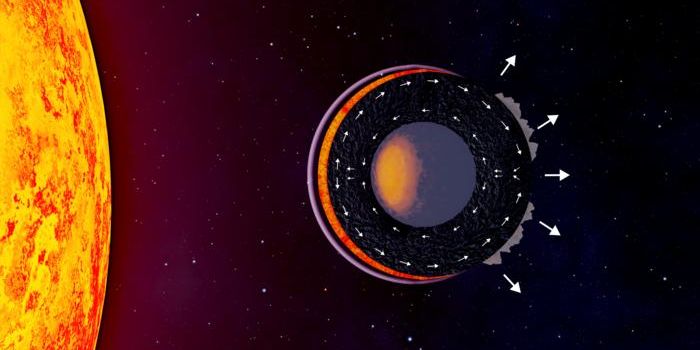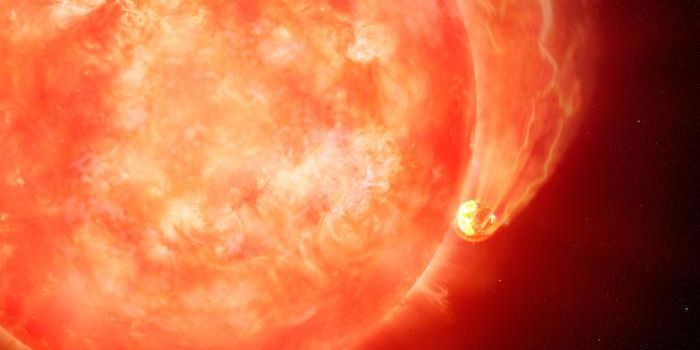Why Does Saturn Tilt?
Two scientists from France have figured out why Saturn sits at a tilt. And they say that over the next few billion years, its tilt is likely to increase even further.
Traditionally, astronomers have thought that Saturn achieved its signature tilt some 4 billion years ago as it interacted with a change in Neptune's orbit. They further thought that since then, Saturn's inclination of 26.7 degrees remained stable. Recent findings, however, suggest that Saturn's current tilt is more part of a greater transition and that it could easily double in inclination over the coming billion years.
Recent observations show that Titan and Saturn's other moons are moving away from Saturn faster than previously thought. Including this increased migration in calculations, researchers were able to see that this process affects the inclination of Saturn's rotation axis and that, as its satellites move further away, the planet will tilt more and more.
Their calculations further suggest that until around a billion years ago, Saturn was likely unaffected by Neptune and was thus sitting at a tilt of 3 degrees or smaller. After its satellites and axis began interacting with Neptune, however, they say that its inclination would have begun to shift- gradually creeping towards the 26.7 degrees we see today.
The researchers have also reached similar conclusions about Jupiter. The planet is likewise expected to tilt over the coming billion years due to the migration of its four moons and resonance with the orbit of Uranus. In this case, they estimate Jupiter's axis could increase from just 3 degrees to over 30.
Ultimately, the researchers say their findings could have implications for our understanding of the spin-axis evolution of giant exoplanets in multiple systems.
Sources: SciTechDaily, Nature









